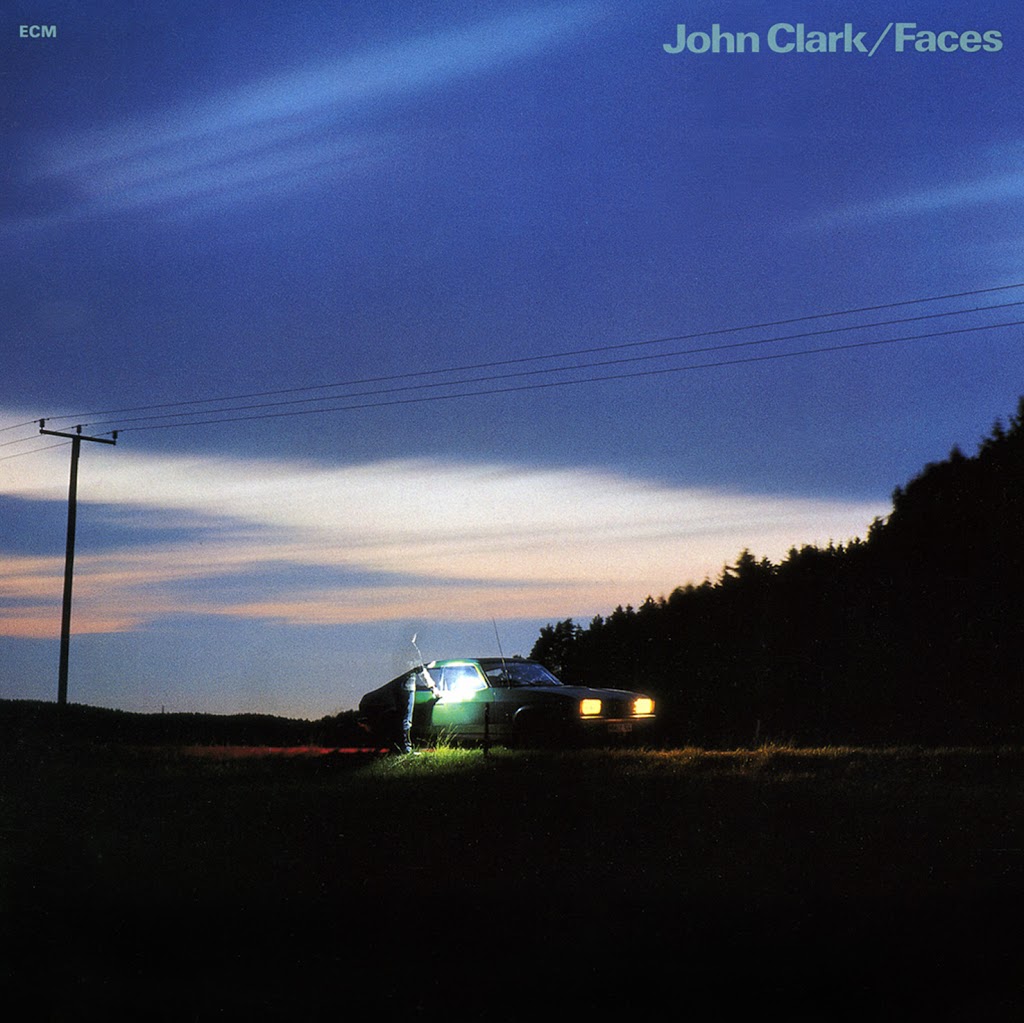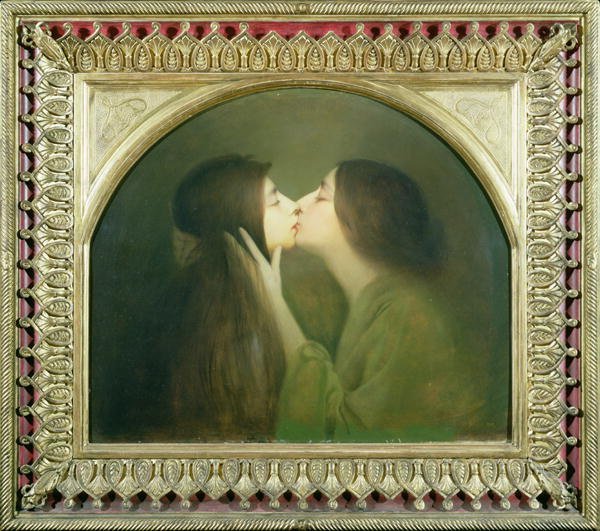
Another gem from the ECM catalogue. Brooklyn-born jazz horn player John Clark hasn’t made many records as a bandleader, but has been hugely prolific and has recorded and performed with Miles Davis, Jaco Pastorius, Chick Corea, Frank Sinatra, Aretha Franklin, and Leonard Bernstein, among many others. He’s still a faculty member at Manhattan School of Music.
Faces is disarmingly beautiful in ways that I don’t typically expect to hear from a jazz record (though I’m admittedly a jazz idiot). The cover image feels very apt: in addition to much of this being a very quiet record, it also has a ghostly quality, suggesting faint impressions from a carbon copy done too lightly. That vaporous, trailing-behind sensation is echoed in the generous reverb on both the horn and the electric cello, suggesting watercolors or streaks of neon in street puddles. Despite all these murky descriptors, there’s joy to be found all over it: “Silver Rain, Pt. III” is a nod to steel-drum tropical sunshine, and closer “You Did It, You Did It!” is almost baroque in its exuberance. There are some really nice notes about Faces on ECM Reviews, which, incidentally, is an excellent resource if you’re as daunted as I am by the ECM catalogue. Thank you Gil and Matthew for bringing me here!
(download removed as reissue is forthcoming)

